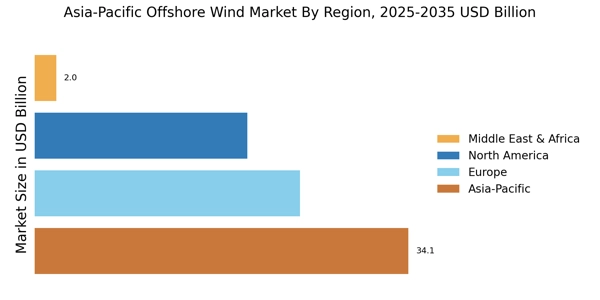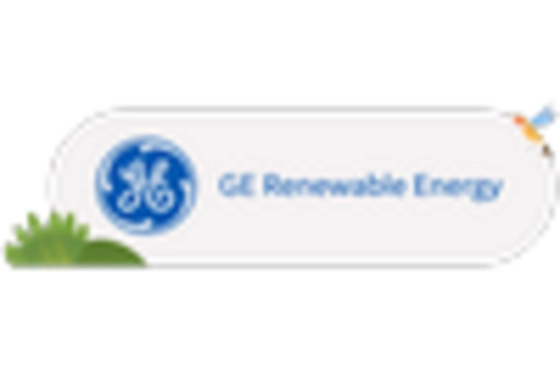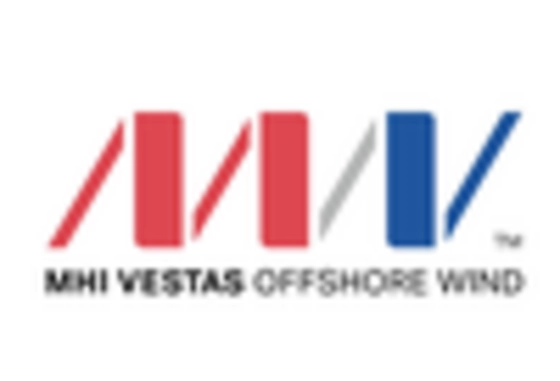China : Unmatched Growth and Investment
China holds a commanding 7.5% market share in the APAC offshore wind sector, driven by substantial investments in renewable energy infrastructure and government policies promoting green energy. The demand for clean energy is surging, supported by initiatives like the 14th Five-Year Plan, which emphasizes renewable energy expansion. The country is also enhancing its industrial capabilities, with significant advancements in turbine manufacturing and installation technologies.
India : Potential for Rapid Growth
Key markets include Gujarat and Tamil Nadu, where favorable wind conditions exist. The competitive landscape features major players like Siemens Gamesa and GE Renewable Energy, which are actively involved in project development. The local business environment is improving, with supportive policies and a growing interest from international investors in the offshore wind sector.
Japan : Balancing Tradition and Modernity
Key markets include Akita and Fukushima, where pilot projects are underway. The competitive landscape features players like MHI Vestas and Orsted, who are collaborating with local firms. The business environment is evolving, with a growing emphasis on technology transfer and local content requirements, fostering innovation in the sector.
South Korea : Government-Driven Initiatives
Key markets include Jeju and Ulsan, where significant projects are being developed. Major players like Siemens Gamesa and GE Renewable Energy are establishing a strong presence. The competitive landscape is characterized by collaboration between domestic and international firms, enhancing the local business environment and fostering innovation in offshore wind technologies.
Malaysia : Exploring Renewable Potential
Key markets include Penang and Sarawak, where favorable wind conditions exist. The competitive landscape is still developing, with players like Vestas and Nordex beginning to explore opportunities. The local business environment is improving, with government support for renewable energy projects and a growing interest from international investors.
Thailand : Focus on Sustainable Development
Key markets include the Gulf of Thailand, where potential sites for offshore wind farms are being identified. The competitive landscape features local and international players, with companies like EDP Renewables entering the market. The business environment is evolving, with increasing collaboration between stakeholders to promote offshore wind development and enhance local capabilities.
Indonesia : Exploring New Energy Frontiers
Key markets include Bali and Sumatra, where initial studies are being conducted. The competitive landscape is nascent, with few established players, but interest is growing from international firms looking to invest. The local business environment is challenging, but government support for renewable energy projects is gradually improving, paving the way for future developments in offshore wind.
Rest of APAC : Regional Variations and Growth
Key markets include Vietnam and the Philippines, where offshore wind potential is being explored. The competitive landscape features a mix of local and international players, with companies like Iberdrola and Enel Green Power looking to expand their presence. The business environment is improving, with supportive policies and a growing interest in sustainable energy solutions across the region.


















Leave a Comment